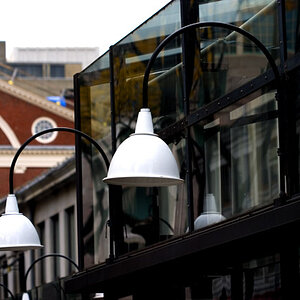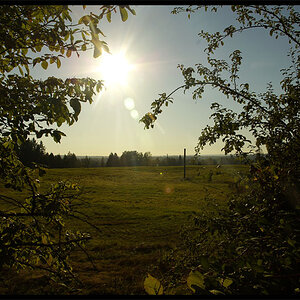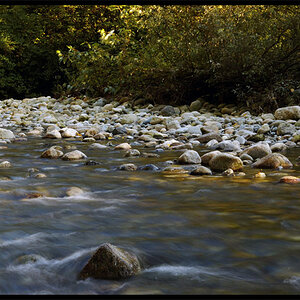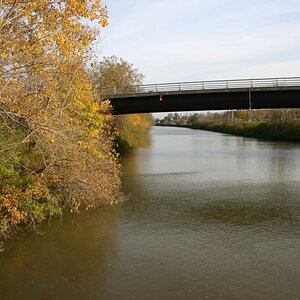CygnusStudios
TPF Noob!
- Joined
- Jul 20, 2009
- Messages
- 90
- Reaction score
- 10
- Location
- San Francisco's North Bay
- Website
- www.cygnusstudios.com
- Can others edit my Photos
- Photos NOT OK to edit
My personal favorite is when a potential client will tell me what they are currently paying. My response is that if they were happy with the results that they were getting at that rate level we would not be having this conversation.















